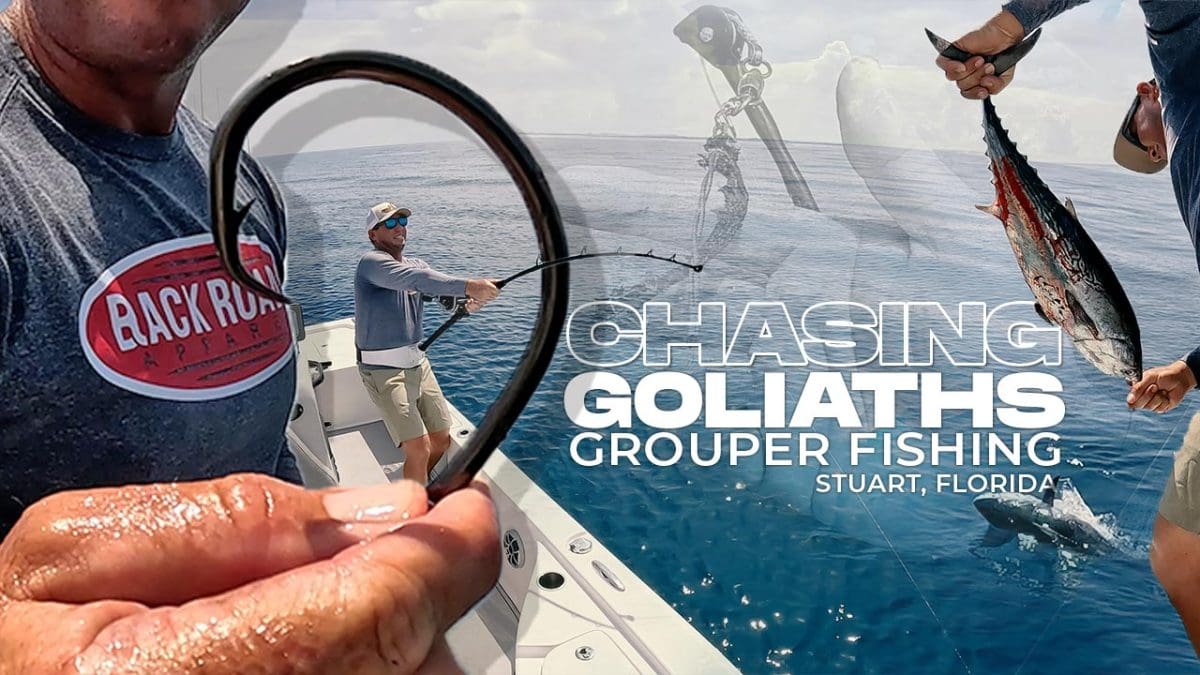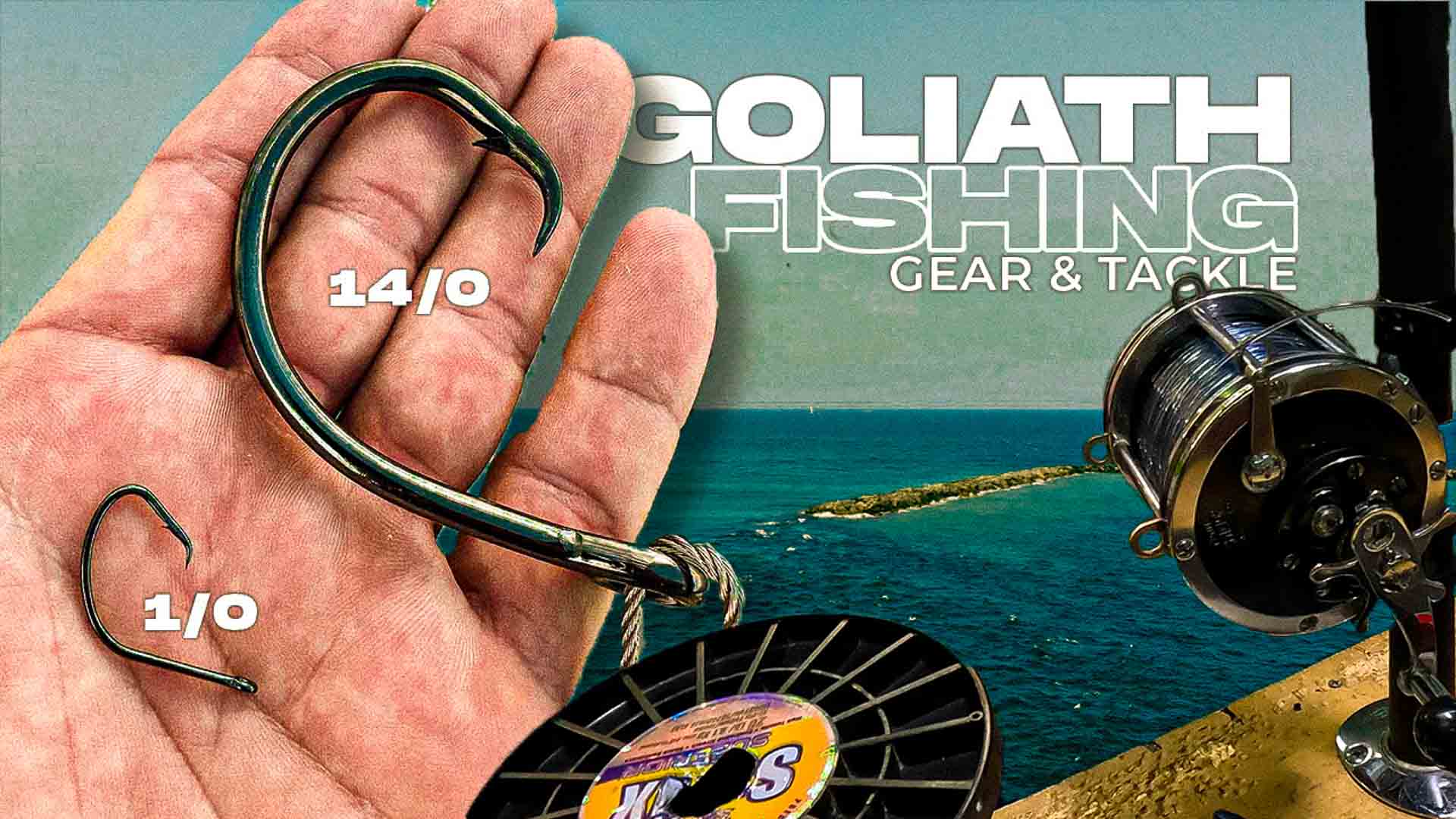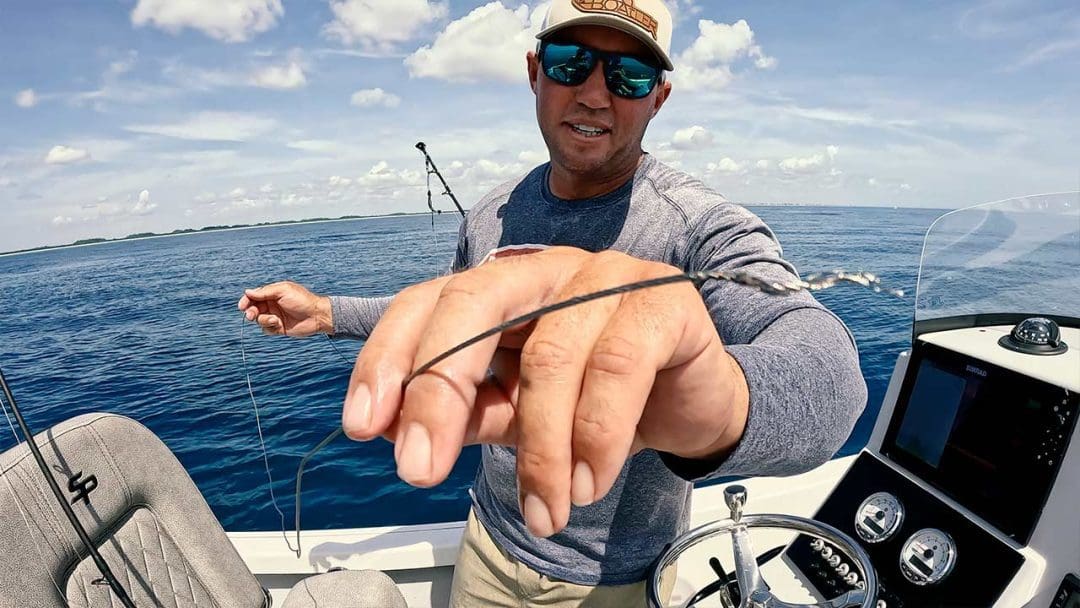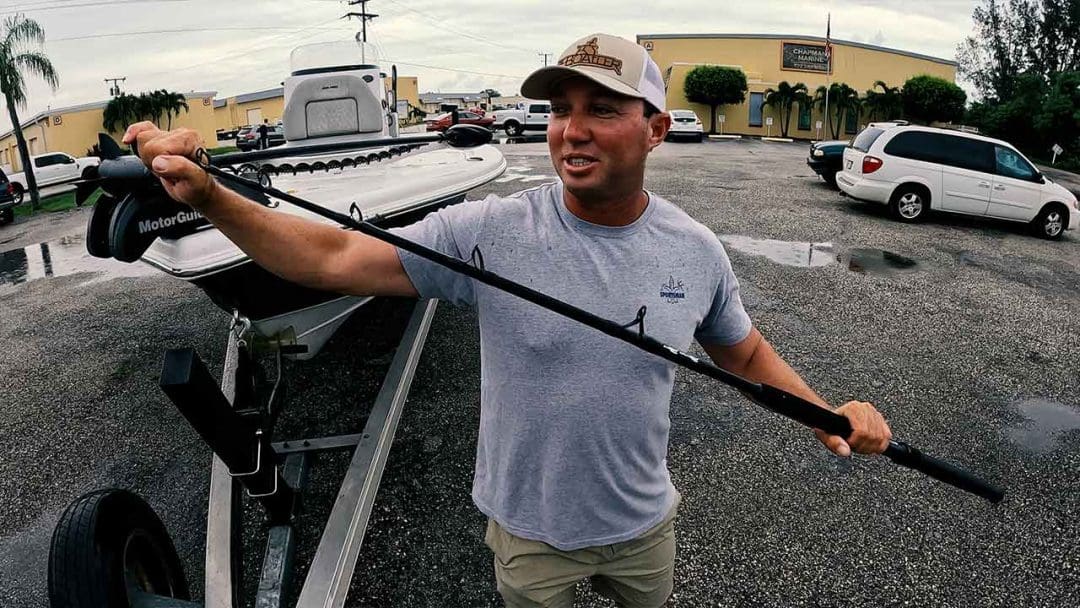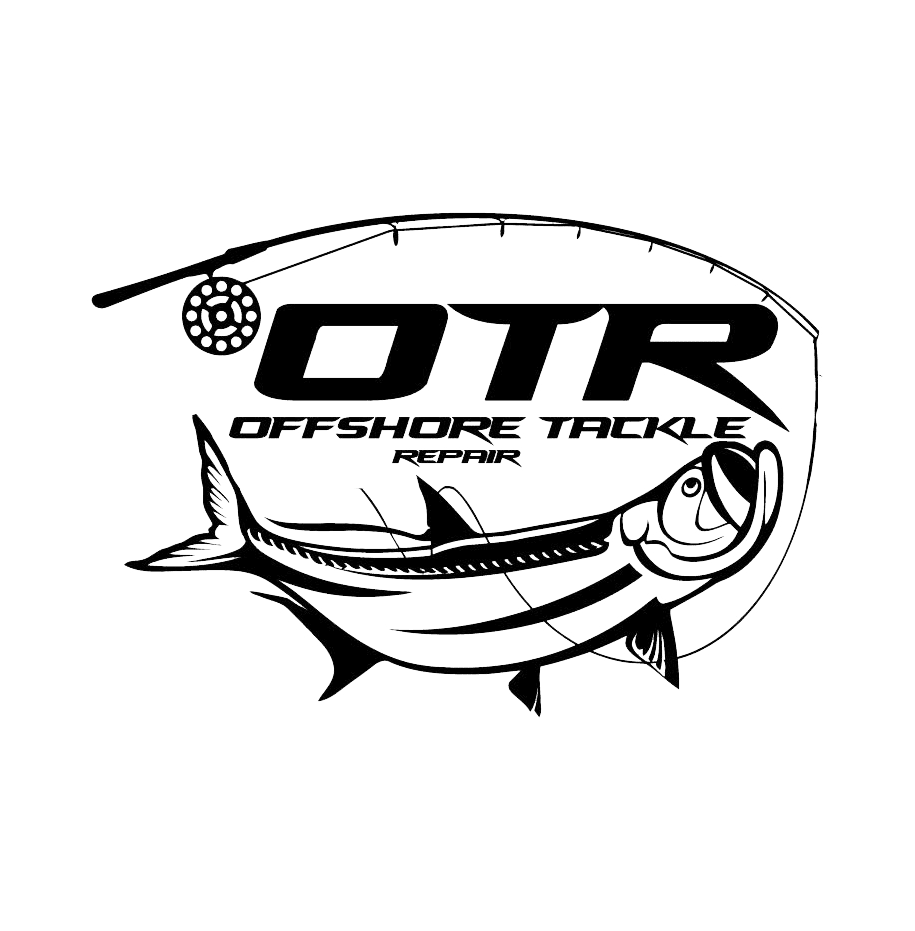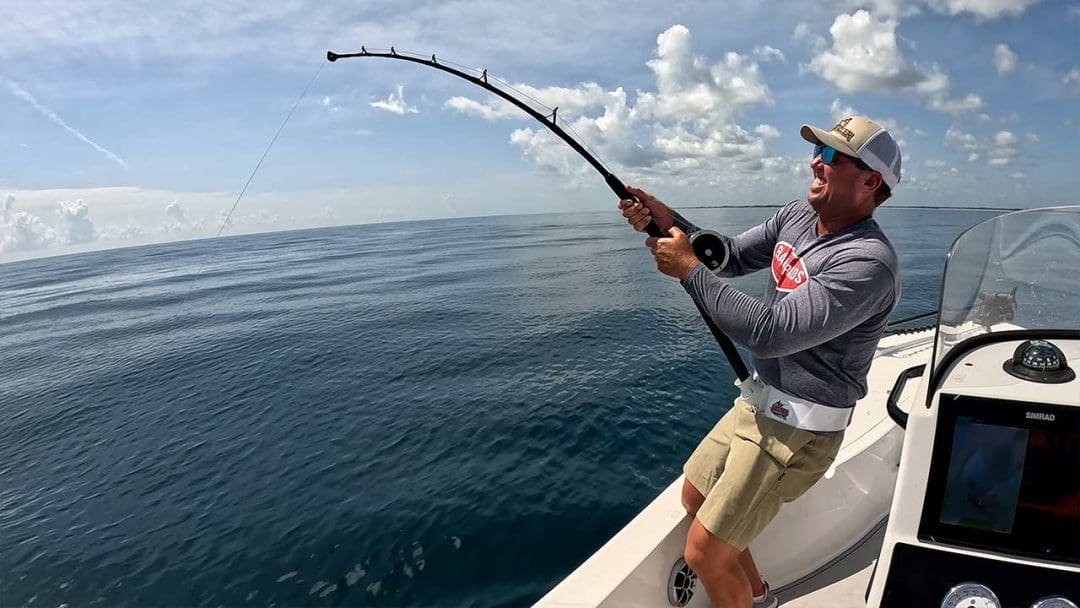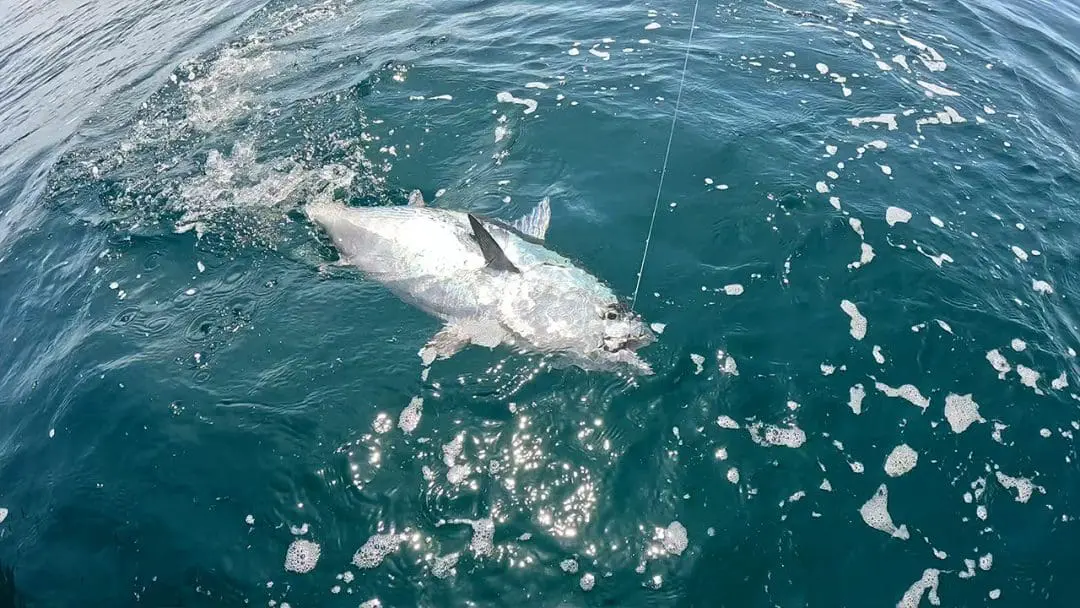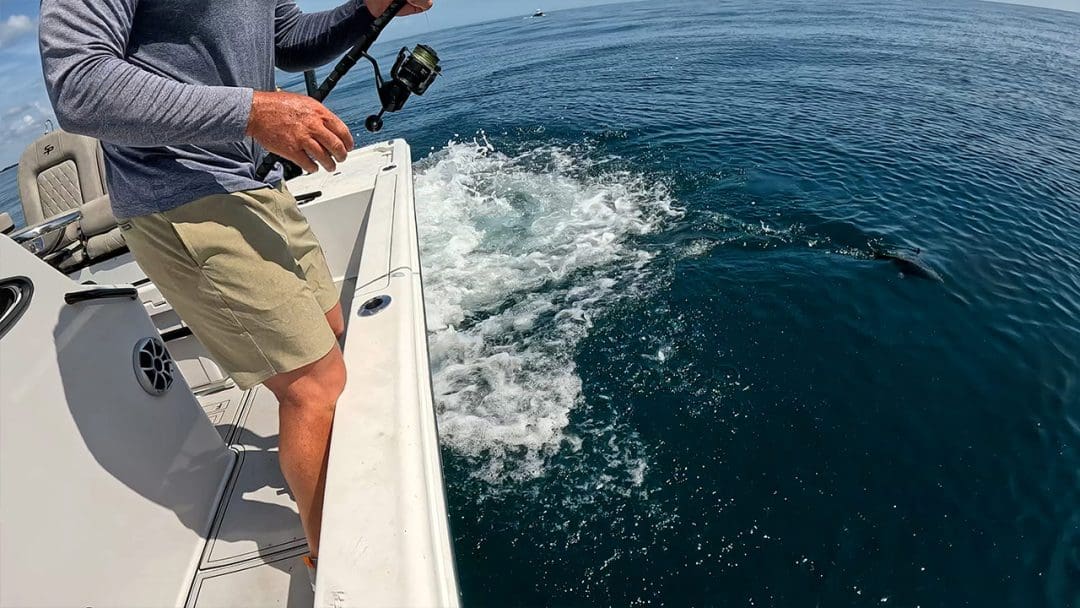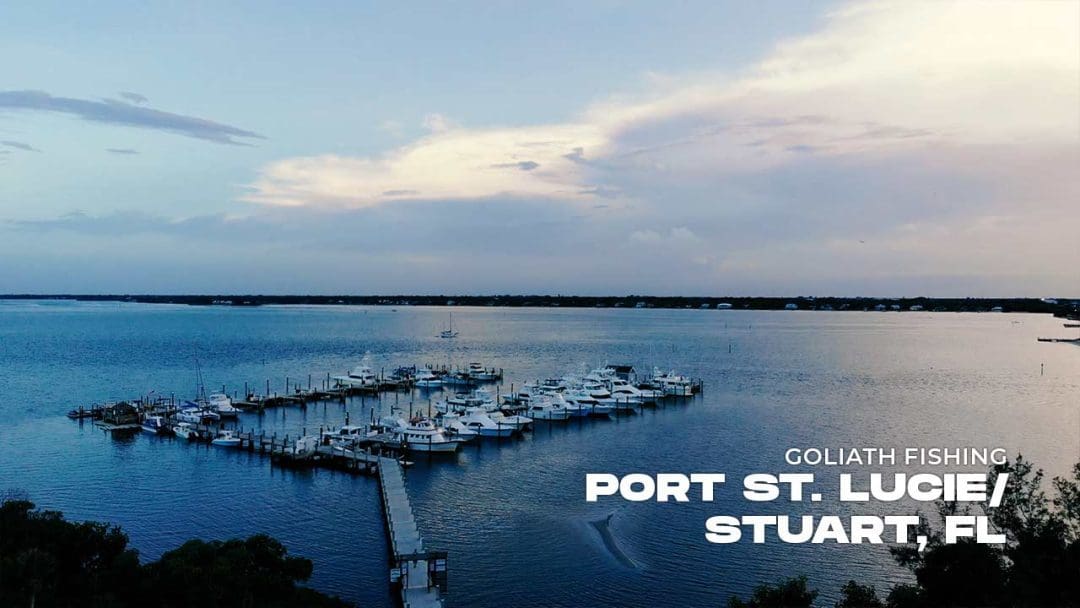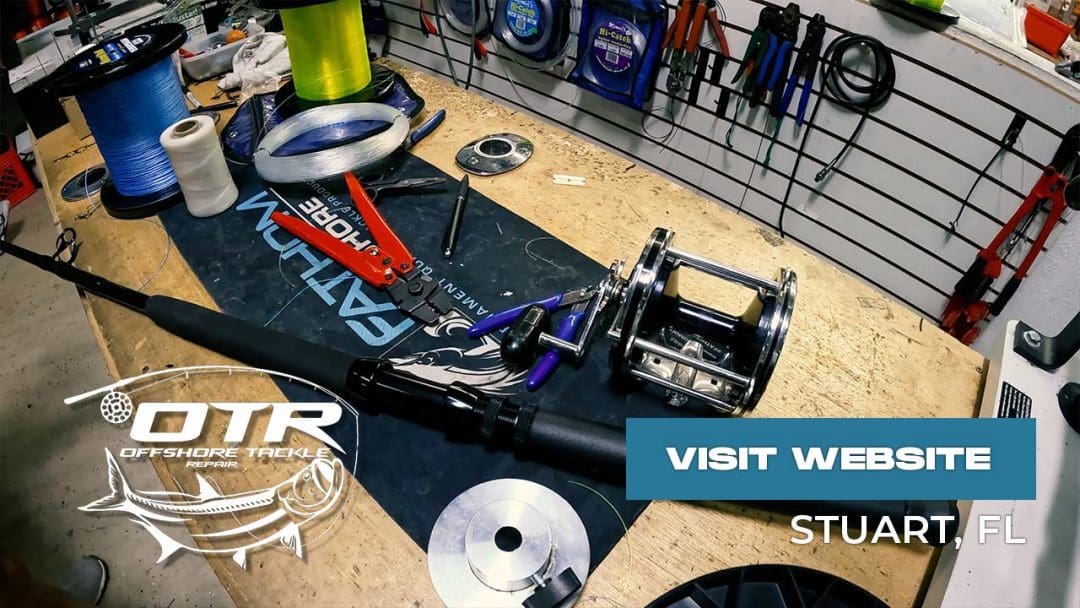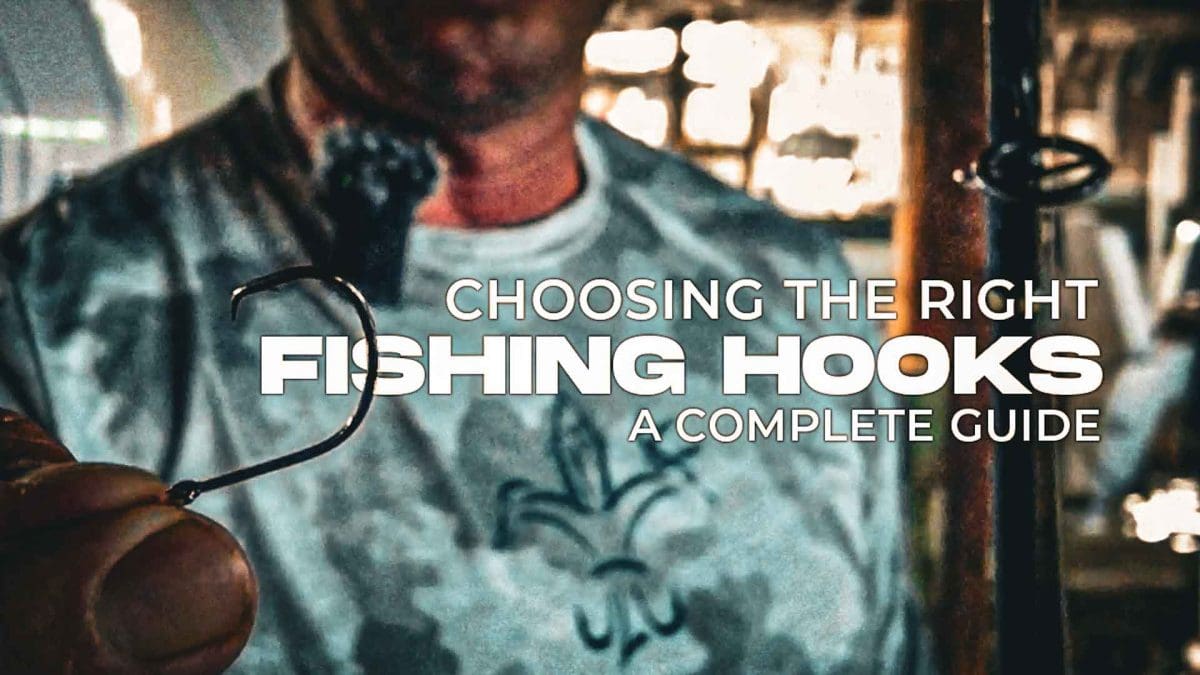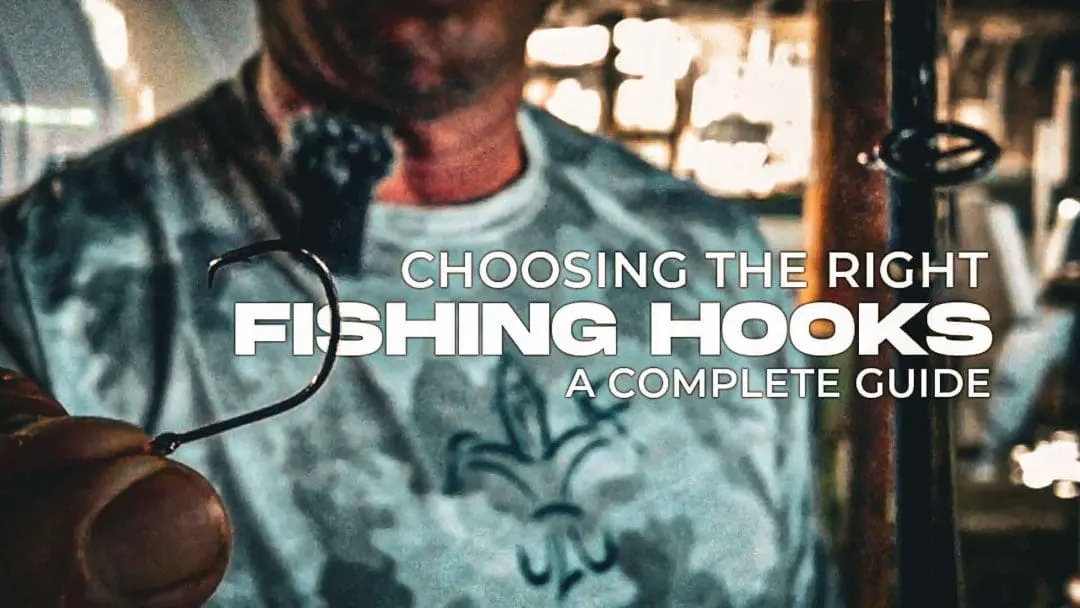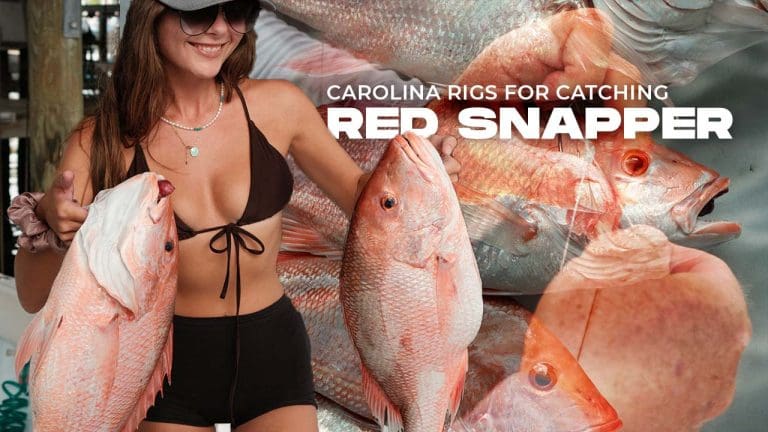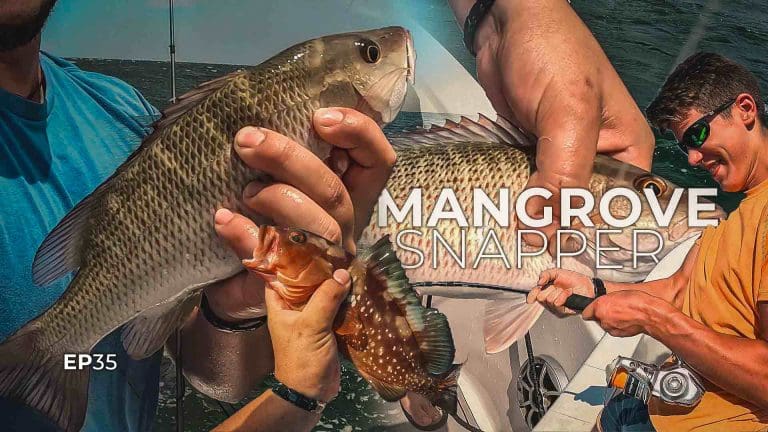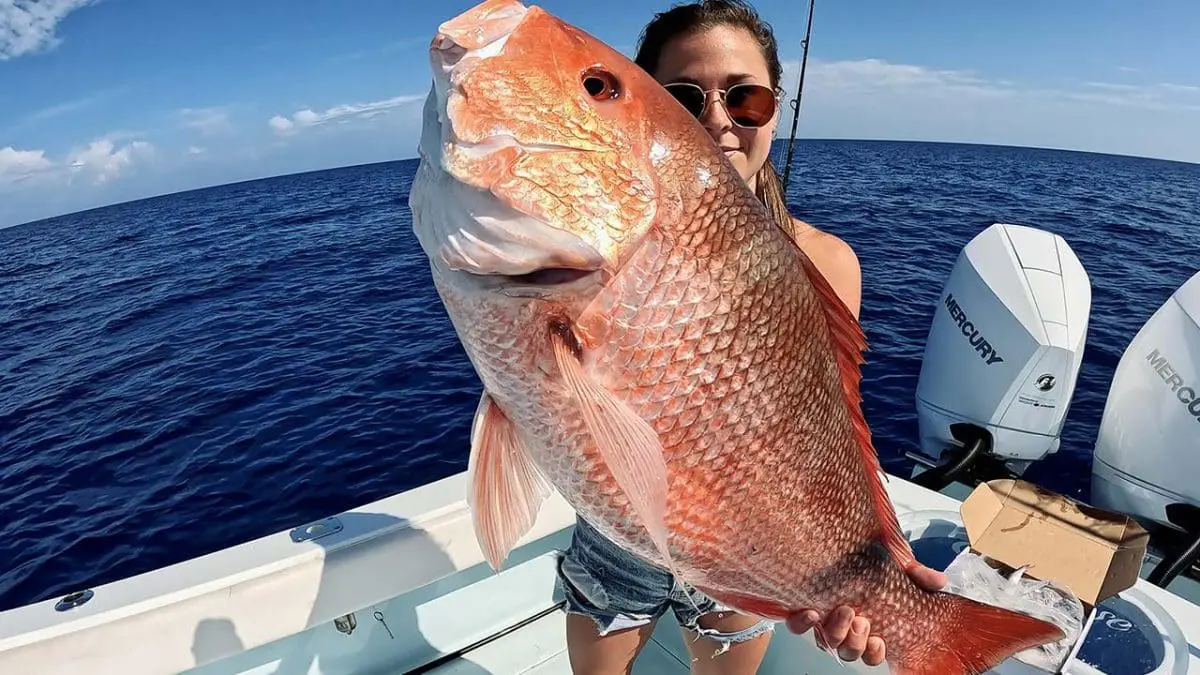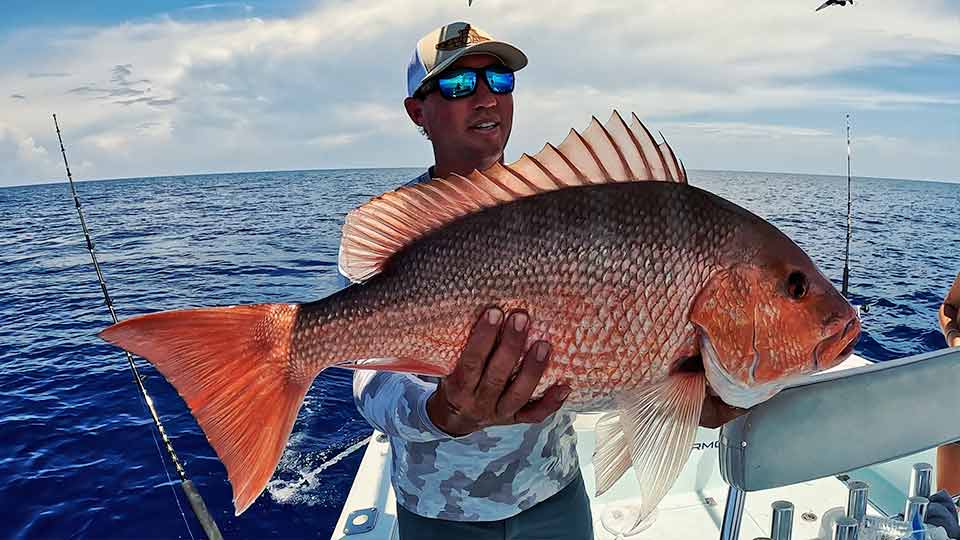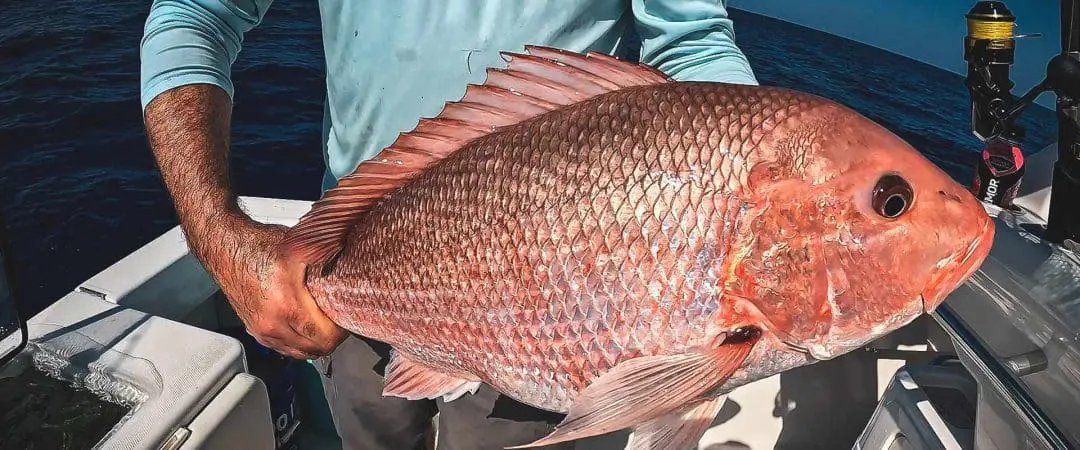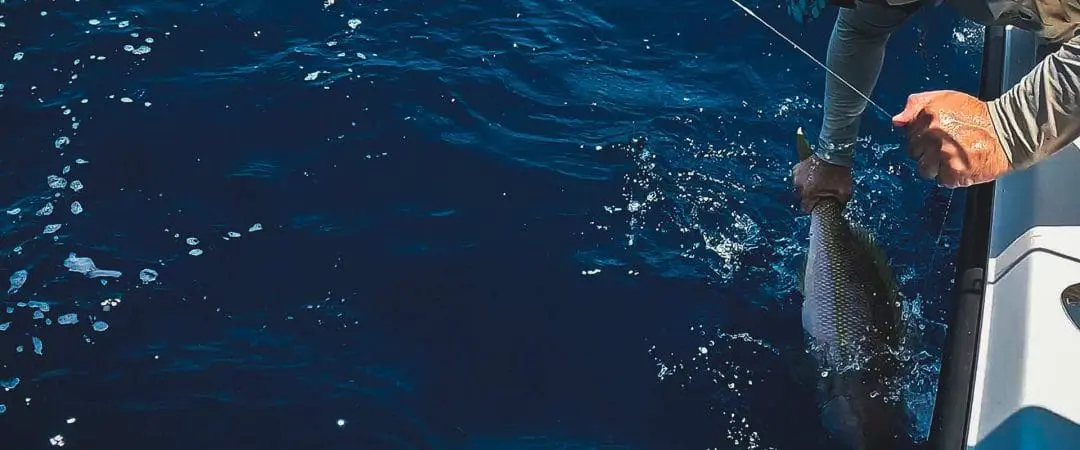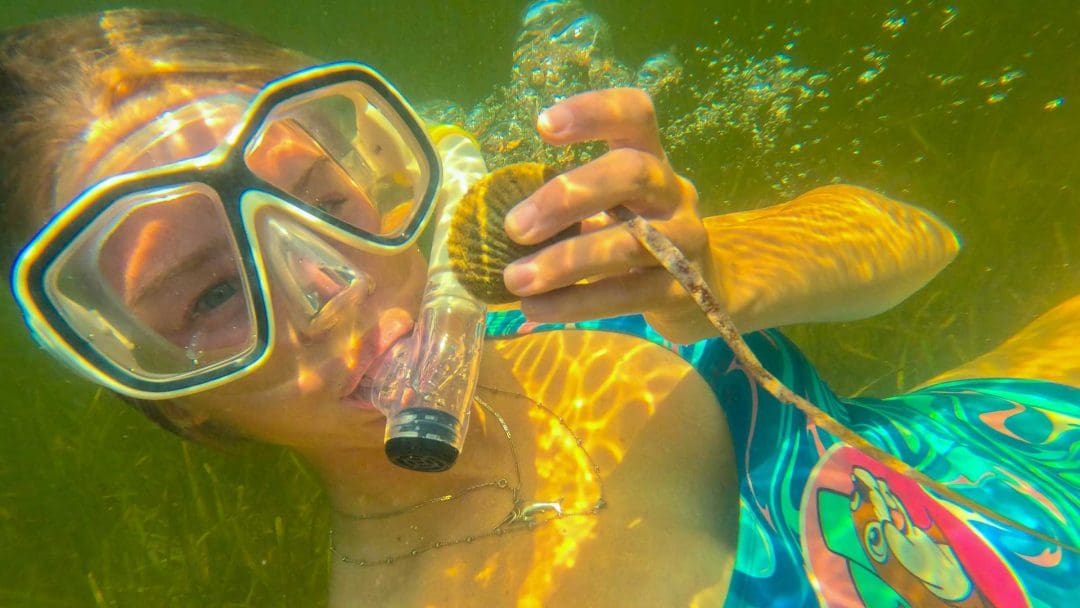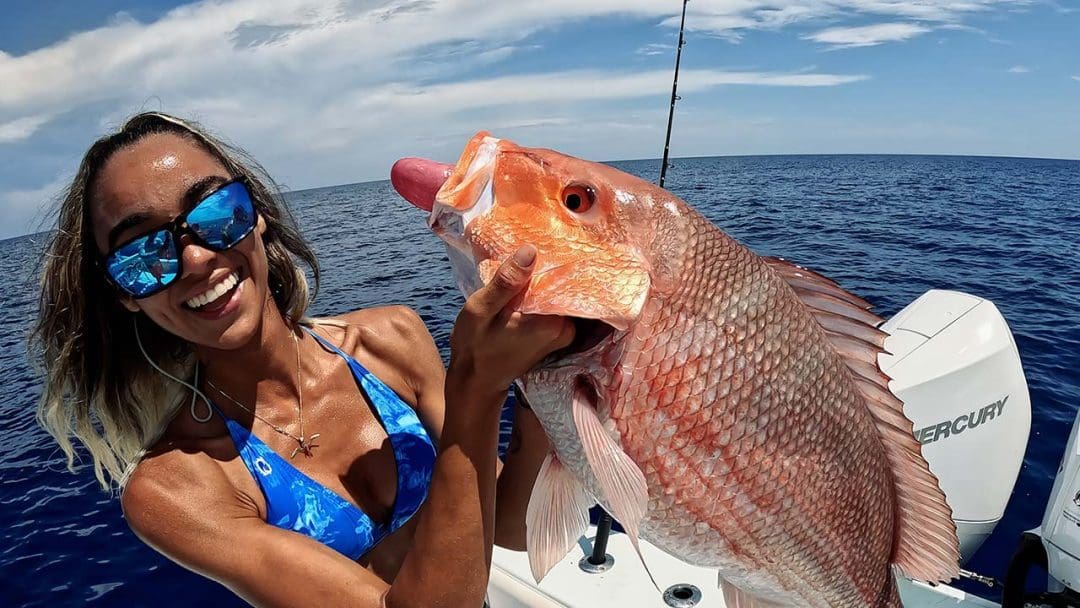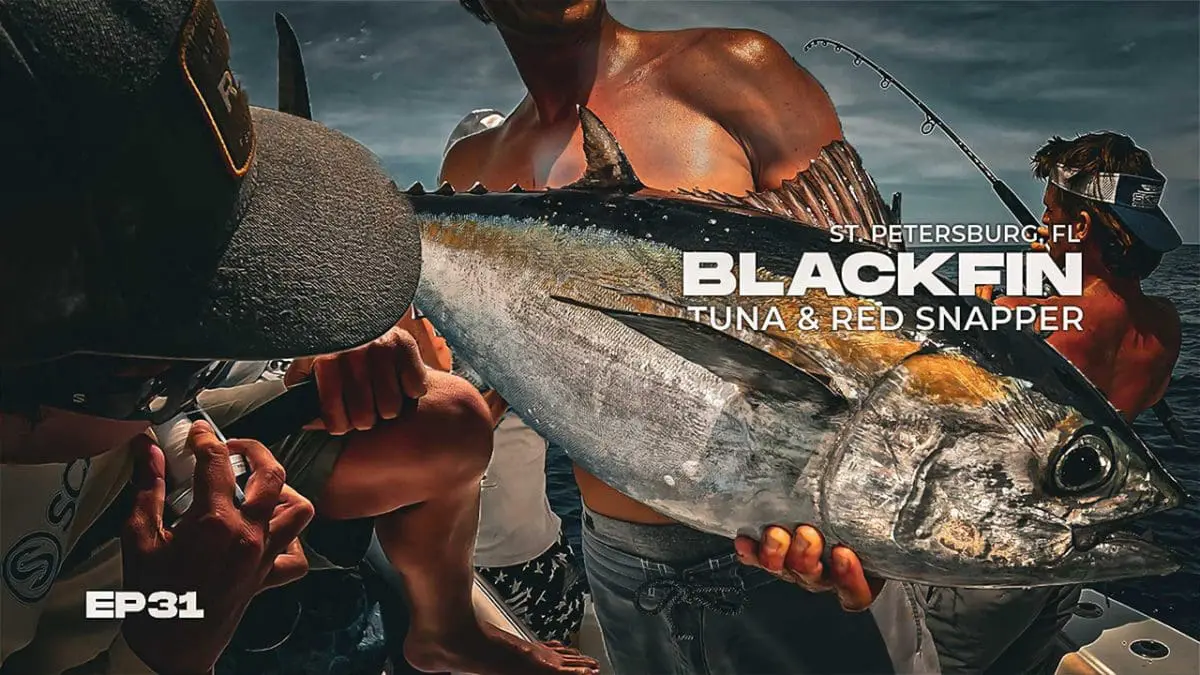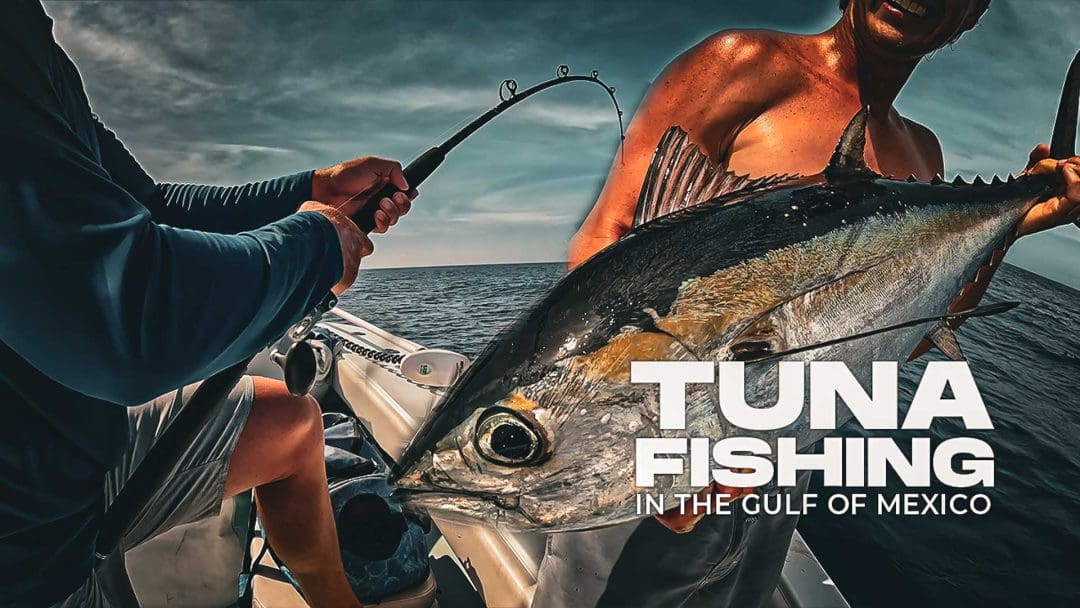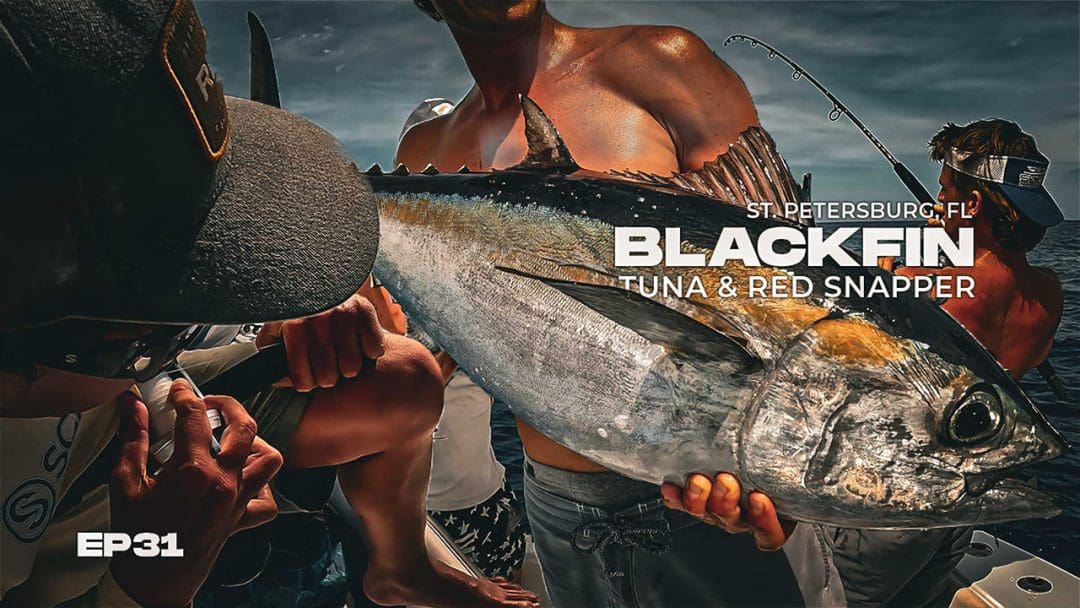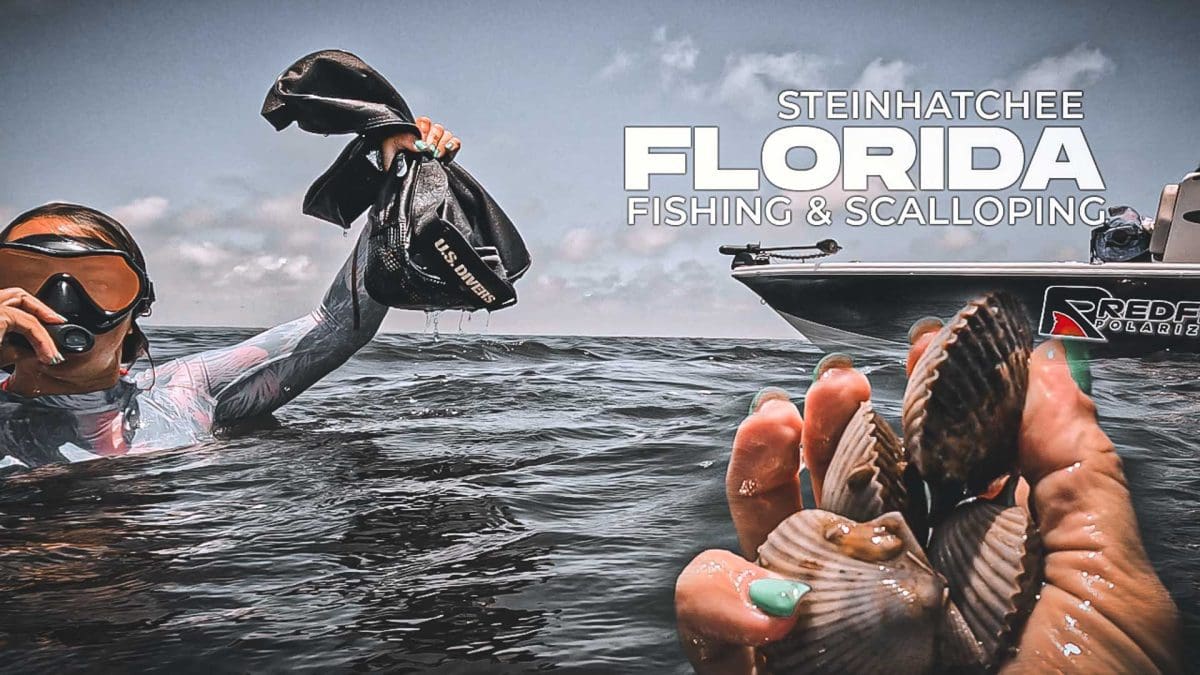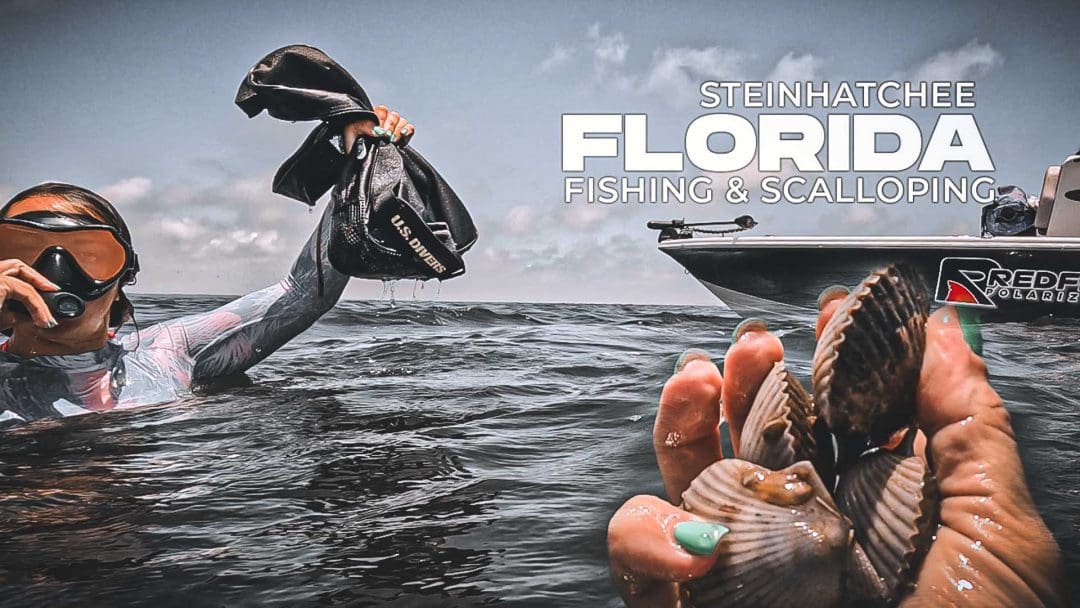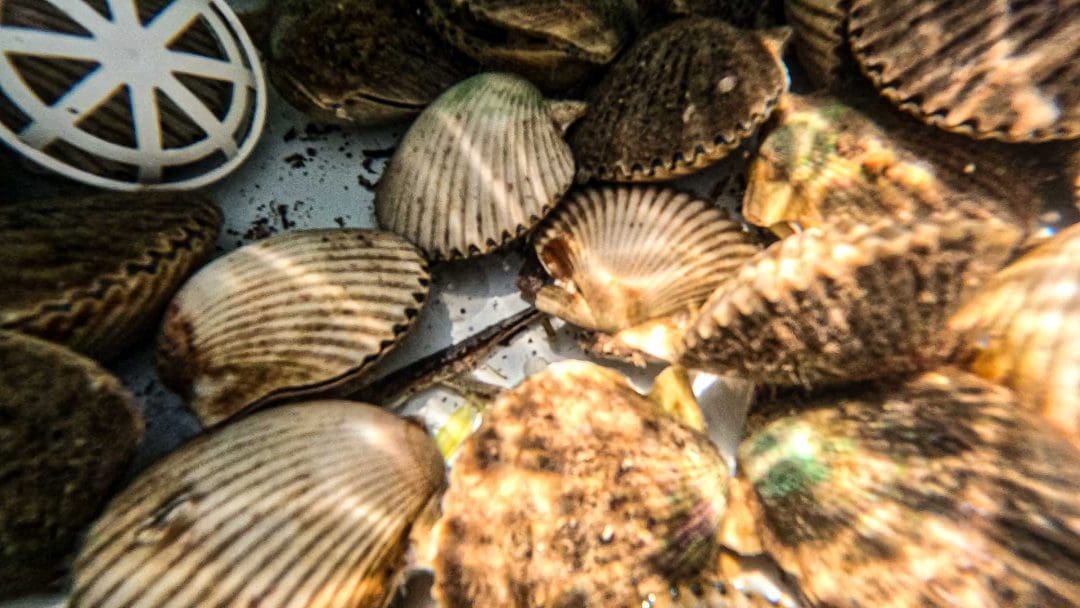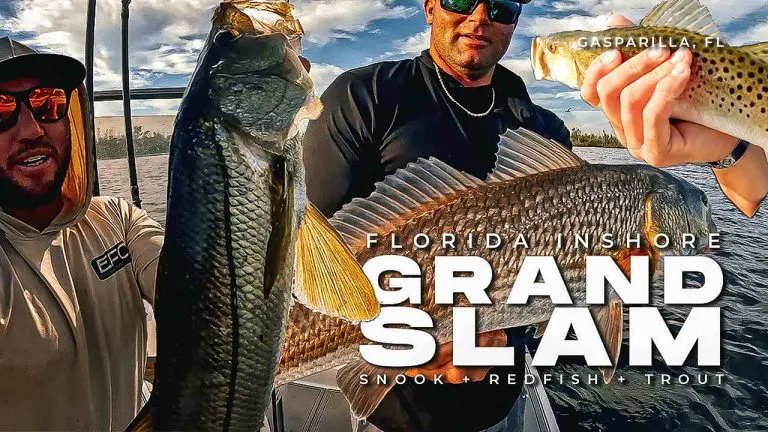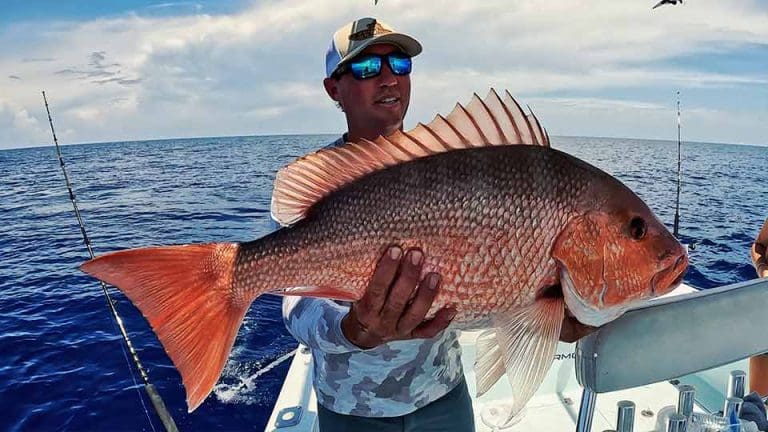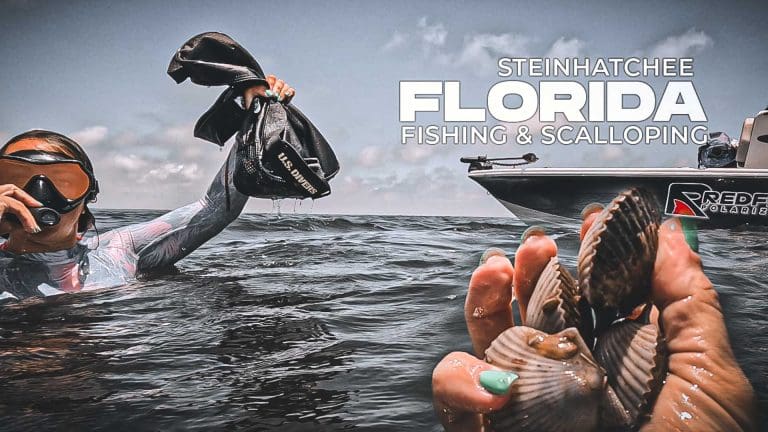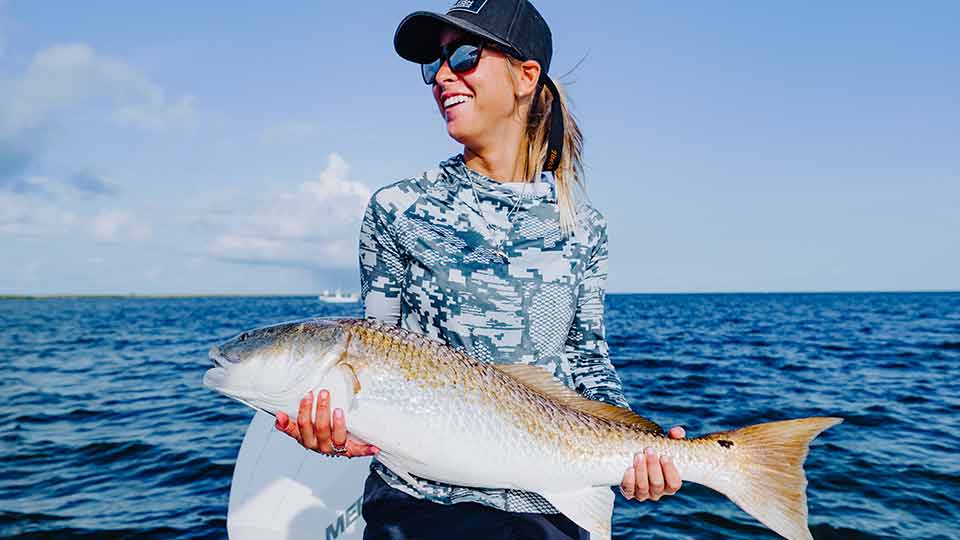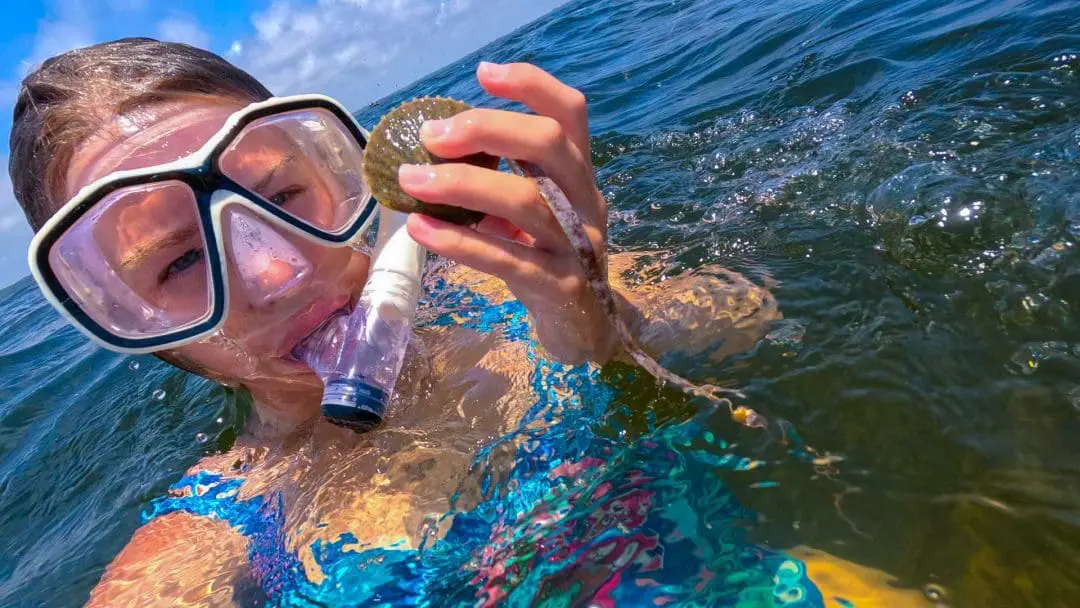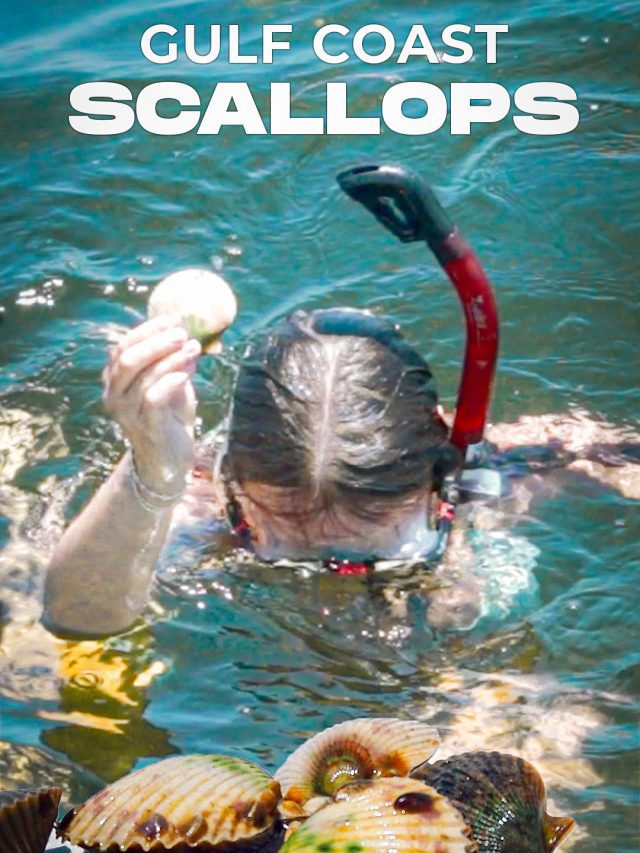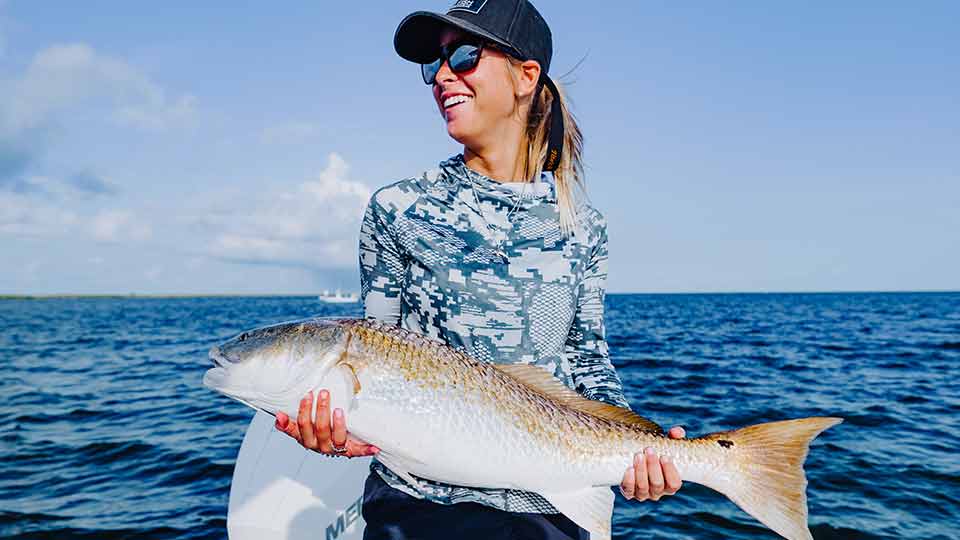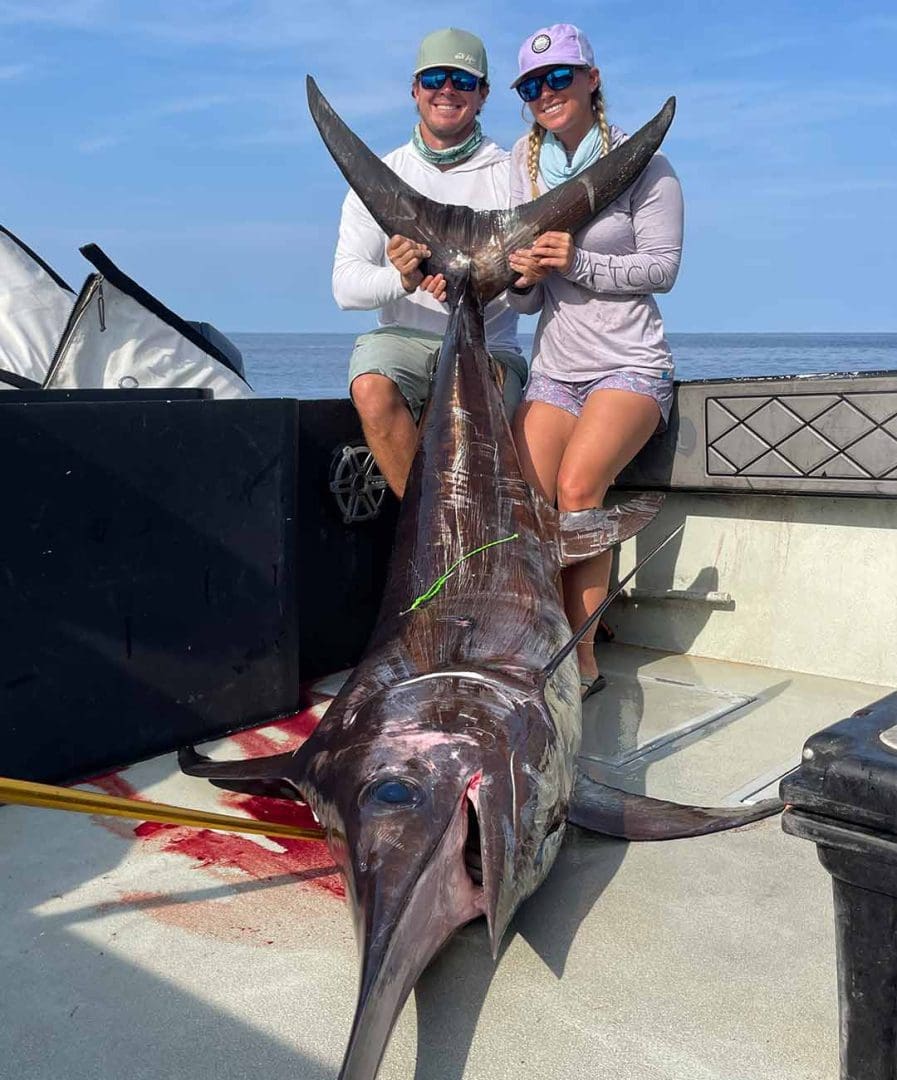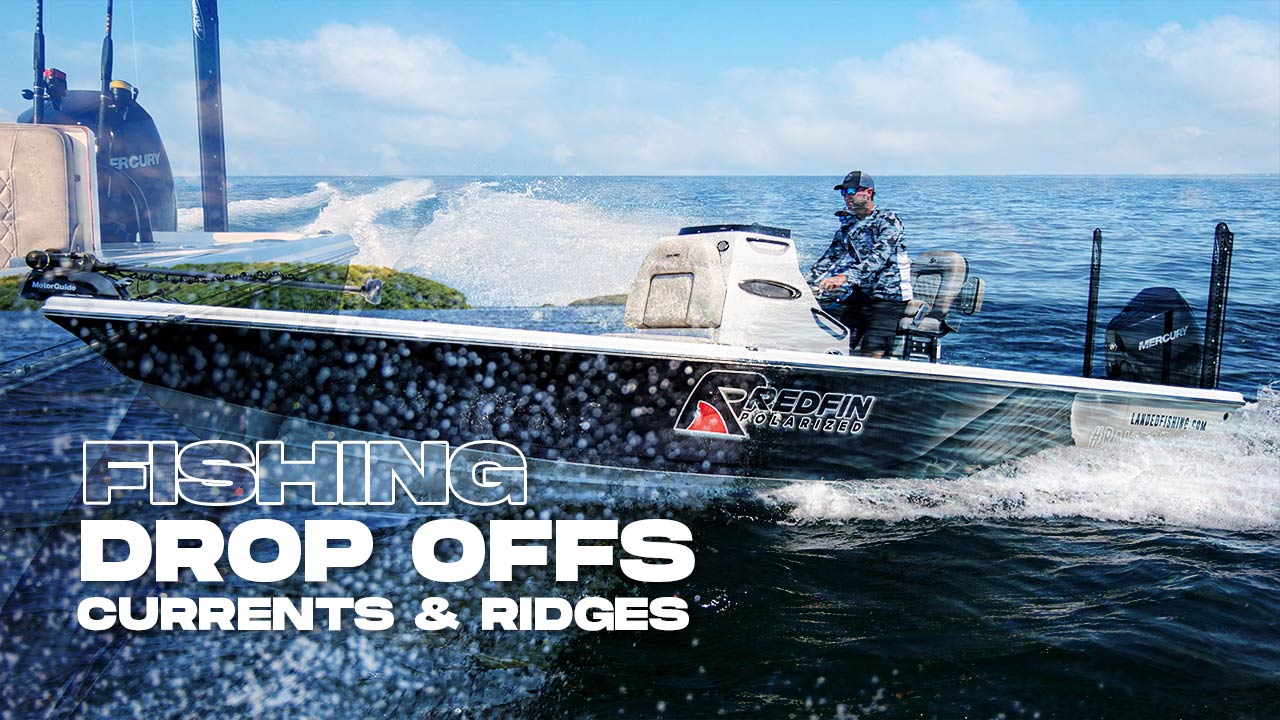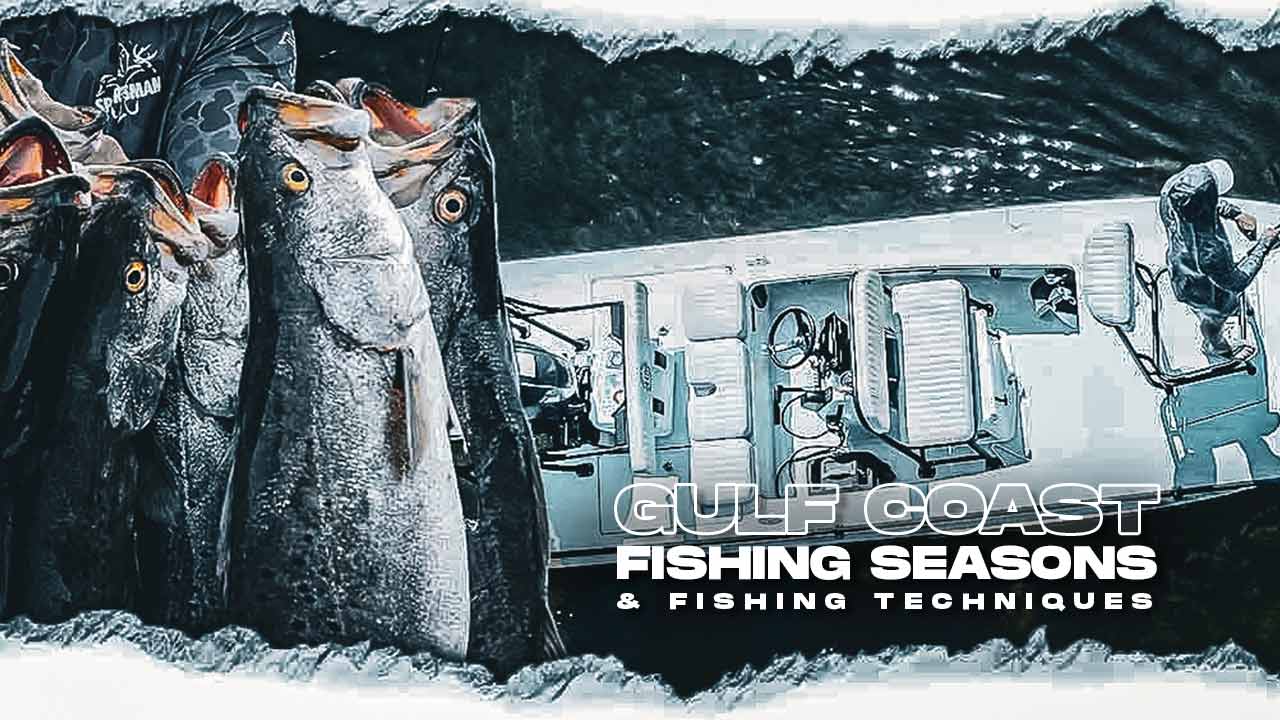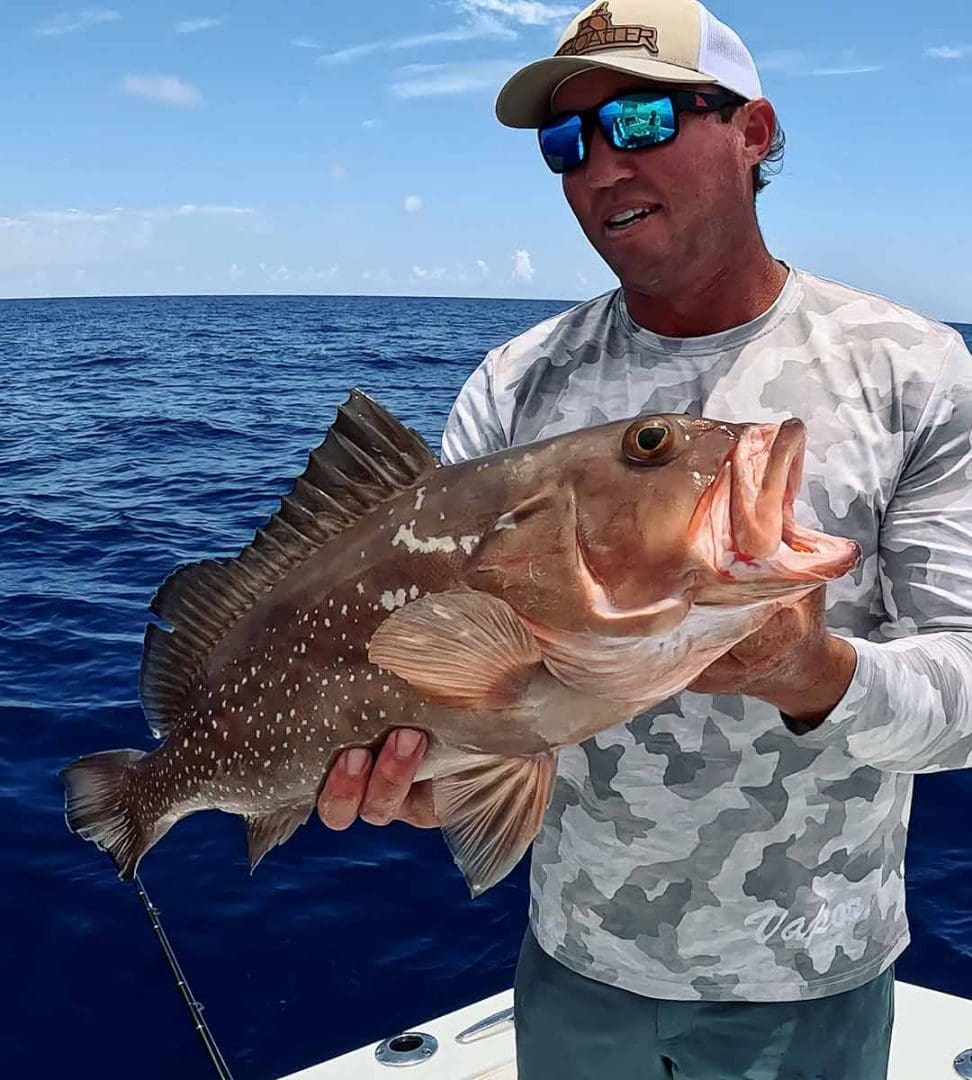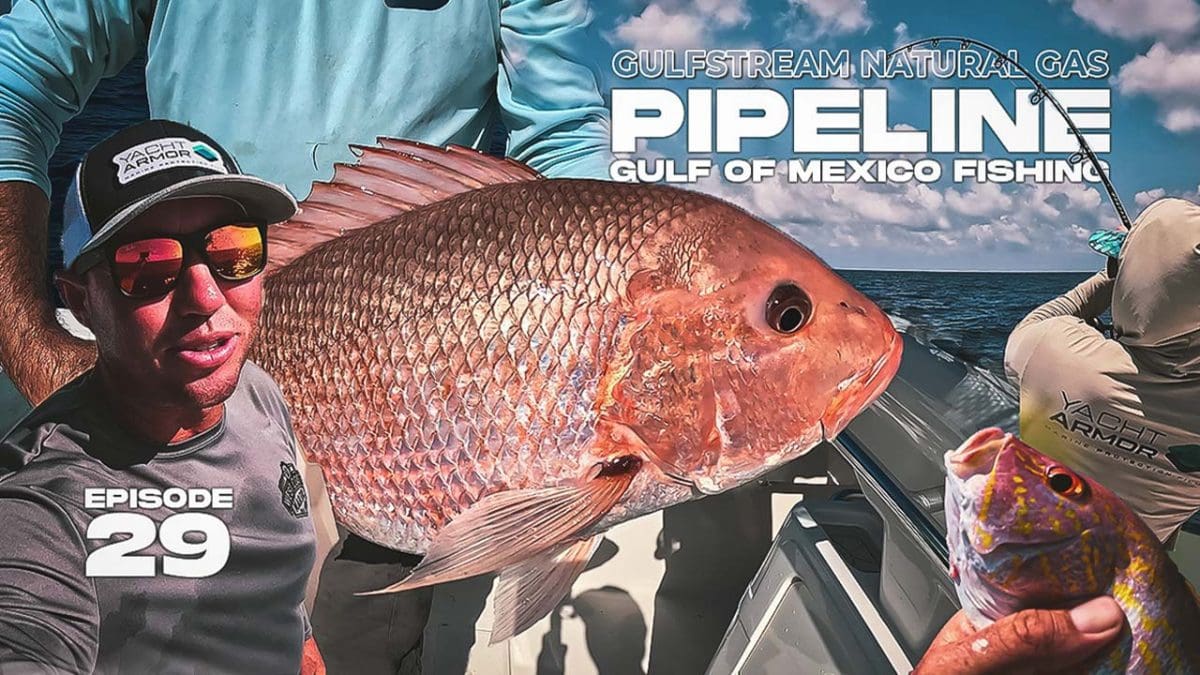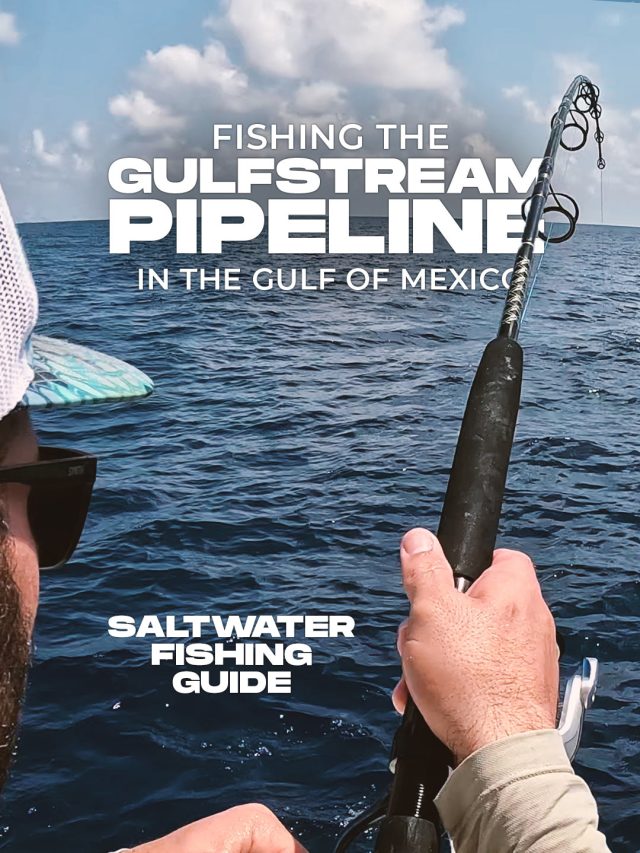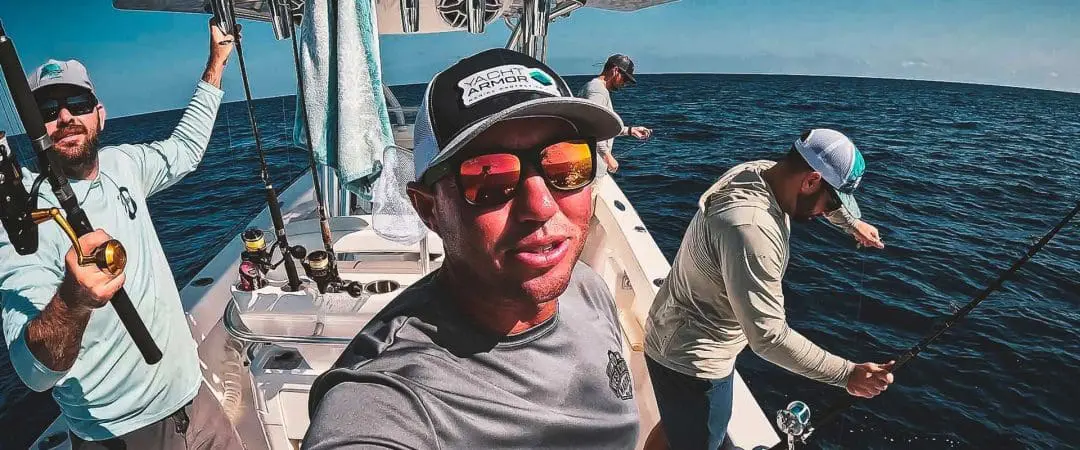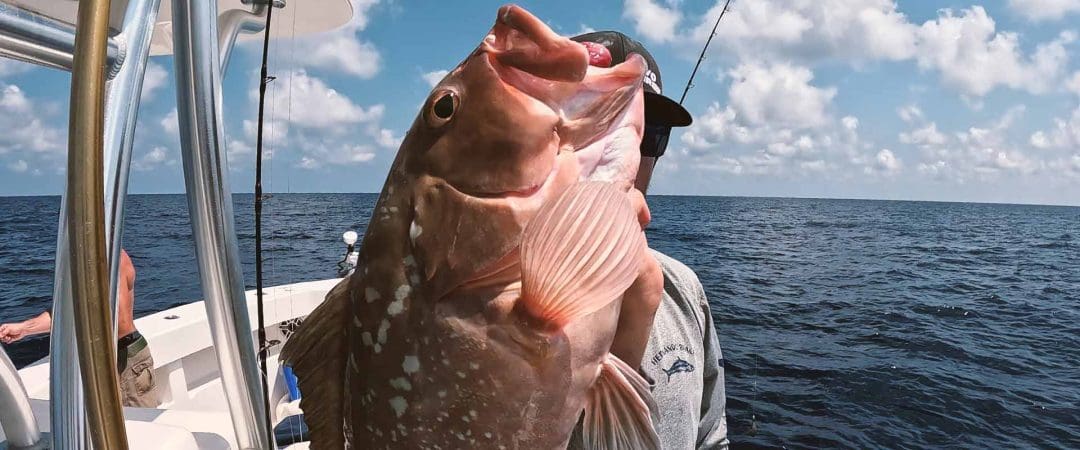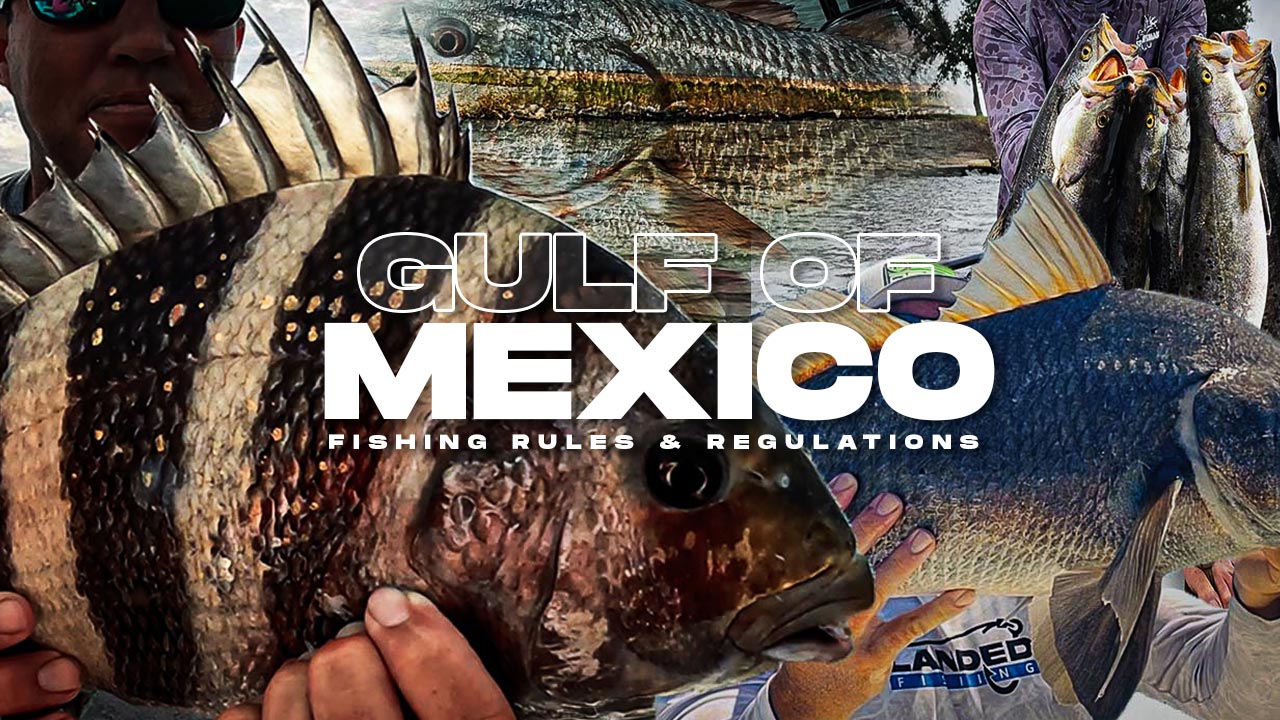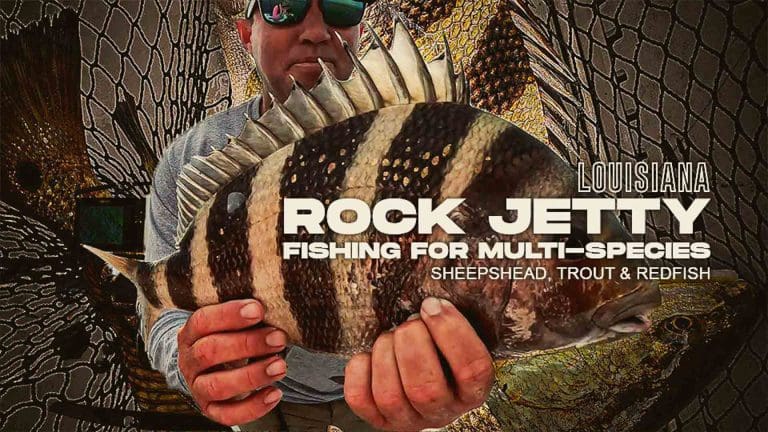Welcome to Landed Fishing and our guide on Goliath Grouper Fishing!
If you’re passionate about saltwater recreational fishing and are interested in learning more about or catching a true monster of the deep, you’ve come to the right place.
Chasing Behemoths of the Deep
Whether you’re a seasoned angler or a beginner, this guide is aimed to equip you with the knowledge and strategies you need to maximize your chances of a memorable Goliath grouper fishing experience.
Watch Video: Goliath Grouper Fishing
The Goliath Grouper
Before we dive into the exciting world of Goliath grouper fishing, let’s familiarize ourselves with this remarkable species.
The Goliath grouper, scientifically known as Epinephelus itajara, is a large and highly sought-after fish inhabiting the warm waters of the Atlantic Ocean and the Gulf of Mexico.
Known for their colossal size and impressive strength, Goliath groupers can grow up to 8 feet in length and weigh over 600 pounds, making them true giants of the sea.
About the Goliath Grouper (Jewfish)
The Goliath Grouper, scientifically known as Epinephelus itajara, is one incredible species of saltwater fish, also referred to as the Jewfish.
This colossal fish inhabits the warm waters of the Atlantic Ocean and the Gulf of Mexico.
With a robust body and a broad, flat head, the Goliath Grouper sports a mesmerizing mottled pattern of dark brown or olive-green coloration.
Its large mouth, enables it to consume just about anything that swims to close including sharks and other Goliath Groupers!
Due to its remarkable size and strength, encountering a Goliath Grouper is an unforgettable experience for divers and anglers alike.
It is important to note that this protected species is strictly off-limits for harvesting or harm, as conservation efforts strive to restore its population numbers.
Fishing for Giants
Planning Your Goliath Grouper Fishing Trip
To increase your chances of a successful Goliath grouper fishing trip, thorough planning is essential. Here are some key factors to consider when preparing for your adventure:
Choosing the Right Location
Goliath groupers are predominantly found in specific areas, and selecting the right fishing spot is critical.
From wrecks and reefs to ledges and rock piles, these giant fish tend to inhabit structures that provide them with shelter and an abundant food source.
Researching popular Goliath grouper fishing locations, such as wrecks or artificial reefs, can greatly enhance your fishing experience.
Seasonal Considerations
Timing is everything in fishing, and Goliath grouper fishing is no exception. Understanding the seasonal patterns and migration habits of these fish can significantly impact your chances of a successful catch.
Generally, Goliath groupers are more active during warmer months when water temperatures are higher.
However, it’s worth noting that certain regions may have specific regulations regarding the fishing season for Goliath groupers, so be sure to check local guidelines.
Tackle and Gear for
Goliath Grouper
When it comes to Goliath grouper fishing, having the right equipment is critical. Due to the immense size and strength of these fish, you’ll need heavy-duty gear capable of handling the fight.
A sturdy rod and reel, preferably with a high line capacity, paired with a strong braided line and heavy-duty terminal tackle, are necessary for tackling these powerful creatures.
Fishing Equipment for Goliath Grouper Fishing
When targeting Goliath Groupers, it is crucial to have the appropriate gear to handle their size and strength. Here’s what you need:
Heavy-Duty Rods:
Opt for sturdy, heavy-duty rods capable of handling the immense power of a Goliath Grouper. Look for rods with a high line rating and a strong backbone to withstand the fight.
Reels:
Choose large, high-capacity reels with a reliable drag system. Goliath Groupers are known to make powerful runs, so you need a reel that can handle the pressure.
Fishing Line:
Use braided lines with a high pound-test rating to withstand the force exerted by these colossal fish. A strong line will help prevent break-offs during intense battles.
Terminal Tackle:
Employ heavy-duty circle hooks, preferably non-offset ones, as they are less likely to cause harm to the fish. Use long, strong leaders made of heavy-weight monofilament or steel to withstand the Goliath Grouper’s tail.
Thank you to our friends Marty (OTR) & Austin (ReaperRods)!
Techniques for Catching
Goliath Grouper Fishing
Now that you’re well-prepared for your Goliath grouper fishing trip, let’s delve into some proven techniques that will increase your chances of a successful catch:
Bottom Fishing:
The most common technique for Goliath Grouper fishing is bottom fishing. Anchor your boat near wrecks, reefs, or other structures where these fish congregate. Drop your bait to the bottom and wait for a Goliath Grouper to strike. Patience is key, as these fish can be cautious.
Live Baiting:
Live baiting is an effective method for targeting Goliath Groupers. Use large live baits such as mullet, ladyfish, or blue runners to entice these voracious predators. Allow the bait to swim freely near the bottom, enticing the Goliath Grouper to strike.
Bottom Fishing
One of the most effective methods for targeting Goliath groupers is bottom fishing. By utilizing a weighted rig with live or cut bait, you can entice these fish to bite.
Patience is key when bottom fishing, as it may take some time for a Goliath grouper to take the bait.
However, once hooked, be prepared for an intense battle, as these fish are renowned for their strength and ability to put up a formidable fight.
Vertical Jigging
Vertical jigging is another popular technique for targeting Goliath groupers. This method involves using heavy metal jigs that imitate the movements of wounded baitfish.
By dropping the jig vertically and employing an erratic retrieve, you can trigger the predatory instincts of these massive fish.
Vertical jigging is particularly effective around underwater structures where Goliath groupers tend to congregate.
Stand-Up Tackle
For anglers seeking an adrenaline-pumping experience, using stand-up tackle can provide an exhilarating fight with a Goliath grouper.
Stand-up tackle involves battling these powerful fish in an upright position, utilizing a specialized rod holder or fighting belt to distribute the weight.
This technique allows anglers to exert maximum pressure while minimizing fatigue during extended battles.
The Florida Goliath Grouper
The Florida Goliath Grouper, scientifically known as Epinephelus itajara, is a magnificent and highly sought-after fish species found in the coastal waters of Florida.
Known for their impressive size and strength, Goliath Groupers can grow up to 8 feet in length and weigh over 400 pounds.
These massive creatures are a thrill to catch and make for an unforgettable fishing experience.
Best Fishing Spots for Florida Goliath Grouper
Florida Keys:
The Florida Keys offer excellent opportunities for Goliath Grouper fishing.
Key West, Marathon, and Islamorada are popular destinations known for their abundant grouper populations.
The wrecks and reefs in this region provide ideal habitats for these behemoth creatures.
Tampa Bay:
Tampa Bay is another prime location for Goliath Grouper fishing.
The numerous bridges, piers, and artificial reefs attract these large fish, making it a favorite spot among anglers.
The Sunshine Skyway Bridge and the Gandy Bridge are known hotspots for Goliath Grouper action.
Naples:
Naples, located on the Gulf Coast of Florida, offers fantastic Goliath Grouper fishing opportunities.
The nearshore wrecks and rock formations are home to a significant population of these powerful fish.
Hire a local guide to maximize your chances of a successful catch.
Port St. Lucie/
Stuart, FL
Goliath Fishing
Stuart Florida, located on the eastern coast of Florida, is a fantastic location for catching Goliath Grouper. This vibrant city is renowned for its excellent fishing opportunities and access to prime Goliath Grouper habitats.
Port St. Lucie area offers anglers the chance to target these massive fish in nearshore waters.
For fishing enthusiasts seeking the thrill of battling one of the ocean’s giants, Stuart Florida stands as a premier destination for Goliath Grouper fishing adventures.
Whether you prefer to fish from a boat, pier, or shore, there are plenty of options available to pursue these behemoth creatures. Experienced local guides and charters are available to provide valuable knowledge and ensure a successful fishing excursion.
From the thrill of the fight to the sheer size of these magnificent fish, it is a truly unforgettable pursuit. With the right knowledge, equipment, and techniques, you can increase your chances of landing a trophy-sized Goliath Grouper.
The Giant Goliath Grouper is an awe-inspiring saltwater fish species that inhabits the tropical and subtropical waters of the Atlantic Ocean and the Gulf of Mexico.
Known for its massive size and impressive strength, this species has captivated the imagination of anglers and divers alike.
Identification and Characteristics:
The Giant Goliath Grouper is a behemoth of a fish, capable of reaching lengths exceeding 8 feet (2.5 meters) and weighing up to 800 pounds (363 kilograms).
They have a robust body with a broad, flat head and a distinctive mottled pattern of dark brown or olive-green coloration.
Their large mouth is equipped with powerful jaws, enabling them to consume a variety of size prey.
Goliath Grouper Habitat and Range:
Goliath Groupers prefer shallow coastal waters such as reefs, shipwrecks, and rock formations.
They are commonly found near structure-rich environments where they can seek shelter and ambush their prey.
In the United States, they are primarily found in Florida waters, but they can also be encountered in the Caribbean Sea and along the eastern coast of the Americas.
Conservation and Protection:
Due to overfishing and habitat degradation, the Giant Goliath Grouper faced a significant decline in population numbers.
Consequently, they have been protected in U.S. waters since 1990, with a complete ban on harvesting.
It is important to respect and support these protective measures to allow the species to recover and thrive.
Responsible Interactions:
If you have the opportunity to encounter a Giant Goliath Grouper while diving or fishing, it is best to approach them with caution and respect.
Remember that they are a protected species, and it is illegal to harvest or harm them.
Maintain a safe distance to avoid interfering with their natural behavior and to prevent accidental injury.
Environmental Awareness:
The Giant Goliath Grouper is a saltwater fish species that warrants admiration and protection.
By following responsible guidelines and supporting conservation efforts, we can contribute to the preservation of these incredible creatures and ensure their existence for future generations to enjoy.
Impressive Size:
The Goliath Grouper is one of the largest fish found in the Atlantic Ocean. It can grow up to a whopping 8 feet (2.5 meters) in length and weigh as much as 800 pounds (363 kilograms). Imagine encountering a fish that could be as big as a small car!
Goliath Grouper’s mouth can be as large as a car tire.
The opening of their mouth can stretch wide enough to encompass the diameter of a standard car tire, which is typically around 2 to 2.5 feet (60 to 75 centimeters).
Longevity:
These remarkable creatures have an extended lifespan, with some individuals living for more than 50 years.
Their slow growth rate and longevity contribute to their impressive size, as they have ample time to reach their full potential.
Social Creatures:
Goliath Groupers are known to be social fish, often forming aggregations with other groupers. These aggregations can consist of a few individuals to a large gathering of over a hundred groupers.
It is believed that they form these groups for reproductive purposes and to enhance their hunting success.
Unique Hunting Technique:
When it comes to feeding, Goliath Groupers have a distinctive hunting strategy.
They are known to produce a booming sound, similar to a bass drum, by contracting their swim bladder and vibrating it against their gas bladder.
This sound is thought to stun or disorient prey, making them easier to capture.
Goliath Grouper Color Change:
The coloration of Goliath Groupers can vary depending on their surroundings and mood. They have the ability to change their hues, ranging from a dark brown or olive-green color to a light yellowish shade.
This adaptive color change helps them blend into their environment and remain camouflaged from potential threats or prey.
Understanding these aspects of their biology adds to the wonder and appreciation of this extraordinary saltwater fish species.
Explore More

Offshore Fishing Cobia Tampa Florida The thrilling world of Cobia fishing in Tampa, Florida. Adrenaline-pumping battles with these powerful…
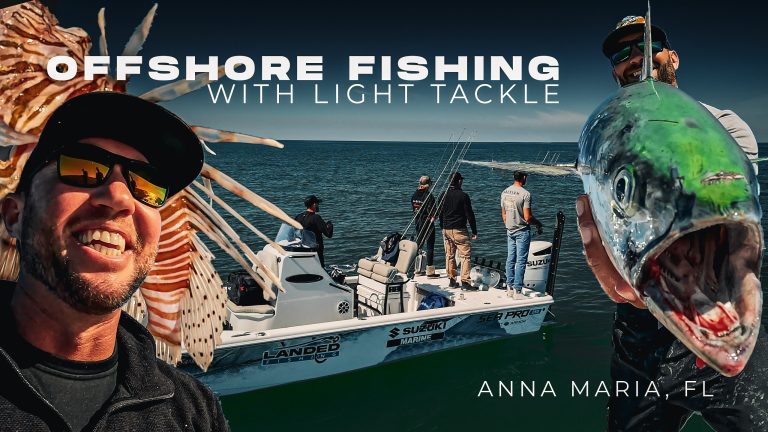
Offshore Fishing with Light Tackle Join us on an incredible fishing adventure in the Gulf of Mexico as we…
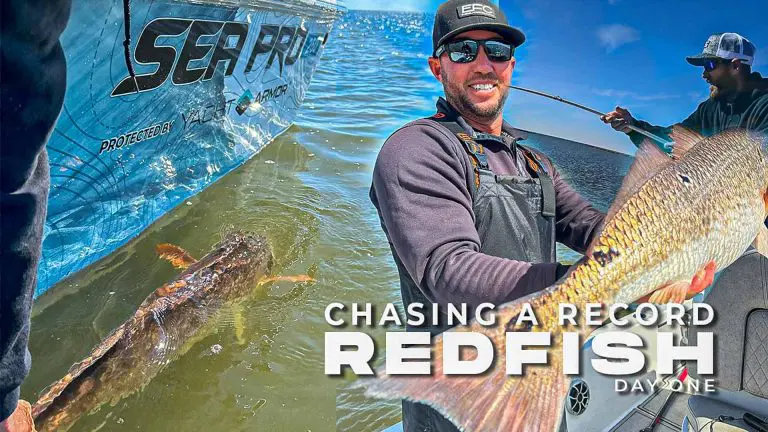
Chasing a Record: Louisiana Bull Redfish In this episode Captain Randall heads out from Delacroix Louisiana for a new…

